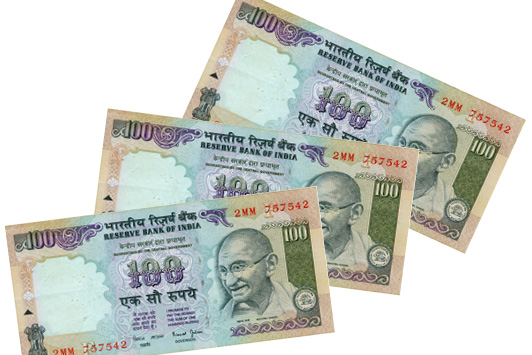
The Indian diamond industry’s ability to obtain bank credit has worsened since the scale of the Nirav Modi-Gitanjali fraud emerged in February. From the lenders’ perspective, the scandal confirmed their instinctive feeling that gem and jewelry clients were untrustworthy and high risk.
“The cost of borrowing for the industry…in the past two months has certainly gone up,” Dinesh Kumar Khara, managing director of the State Bank of India (SBI), told the audience on May 11 at a finance summit the Gem & Jewellery Export Promotion Council (GJEPC) organized.
“It really shook the industry and the banking sector,” the executive said about the case in which Modi and his uncle, Mehul Choksi, the managing director of Gitanjali Gems, allegedly colluded with an official at Punjab National Bank (PNB) to obtain $2 billion in unauthorized loans.
The scam already appears to have hurt the trade: India’s total gem and jewelry exports fell 5% year on year in dollar terms in February, and slumped 17% in both March and April, according to the Ministry of Commerce and Industry.
Lack of transparency
Part of the problem is that financiers consider the diamond and jewelry trade opaque and noncompliant with regulations. Only the most expert banks know the industry well; the others either make poor lending decisions leading to financial loss, or keep away from the sector altogether, experts say.
“There is…such a lack of understanding…between the industry and the financial institutions,” Rita Teaotia, India’s commerce secretary, noted at the GJEPC event. “Unless we build a forum for this interaction, it probably will not get addressed.”
The problem partly stems from the early 2000s, when Indian banks flooded into the diamond industry in an attempt to meet government quotas on export lending, often without understanding the sector, explains Howard Davies, vice president for commercial development at De Beers. Still today, financing consortiums often feature some banks that have a weak knowledge of the industry.
The “diamond-literate” banks establish enduring relationships based on transparency, enabling them to increase their knowledge of clients’ affairs, leading to higher levels of trust, Davies notes. India’s industry leaders are trying to make that type of interaction more common.
“That’s the bedrock on which the GJEPC is now trying to build — it’s trying to institutionalize those levels of transparency that the successful lending banks are already enjoying,” adds Davies, who manages De Beers’ relationships with the financial sector.
To that end, at the May summit the GJEPC and the Antwerp World Diamond Centre jointly launched a digital program for traders and banks to exchange compliance information, called MyKYCBank. The GJEPC wants all Indian diamond companies to sign up for the platform, claiming it will make compliance cheaper and improve transparency.
Painful memories
The GJEPC called the meeting — open to traders and lenders — in an attempt to explain the industry to financiers and persuade them to maintain their support of dealers. Gem and jewelry businesses are underfinanced relative to other industries, Colin Shah, vice chairman of the GJEPC, argued during the event. The sector is responsible for less than 1% of all loans in default or arrears across India, despite contributing 14% of the nation’s total exports, he noted.
However, it’s hard to erase bankers’ memories of bad diamond deals; Modi-Gitanjali was only the latest catastrophe in a line of defaults for the industry that have burned lenders.
“The nonperforming-asset level may be 1%, but we cannot ignore this particular threat which we have seen on the ground,” SBI’s Khara said. “This is one of the reasons why you are probably seeing this reaction from the banking community.”
Banks to blame
The approach based on fear of an entire industry may be misguided, argues Davies at De Beers, a company that has thorough compliance requirements for its clients. For the mining executive, the question is not whether the diamond trade meets the banks’ compliance criteria, but whether the banks meet the more respectable diamond businesses’ standards.
The case involving state-owned PNB highlights the shortcomings of Indian banks, especially the nationalized ones, more than it reflects on the diamond industry, according to Davies.
“It seems that there was just systemic failure all the way through the governance process and systems of that bank,” he notes.
After a series of financial failures in the gem and jewelry sector, it might be hard to persuade banks to see the situation in that way.
Image: ShutterstockArticle from the Rapaport Magazine - June 2018. To subscribe click here.